Buying a Used Hybrid? Here’s Everything You Need to Know
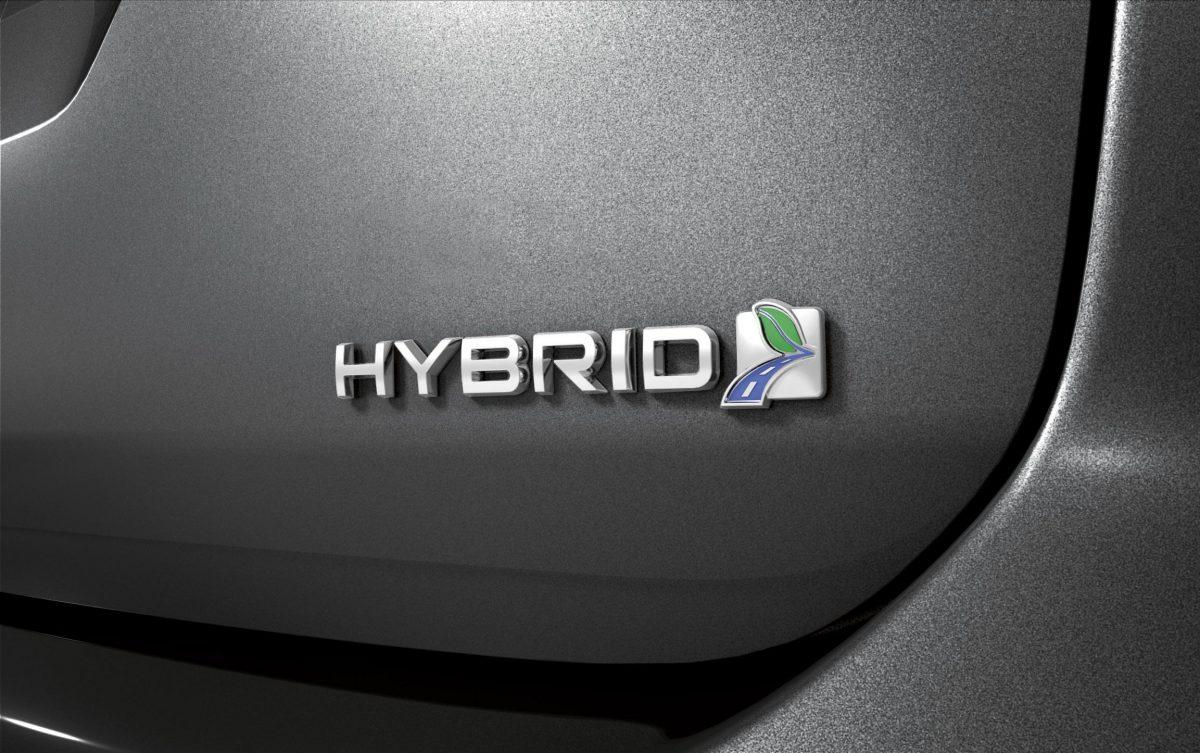
Contents
- Introduction
- The Rise of the Hybrid
- A Note About Hybrid Trucks
- Reasons To Buy a Used Hybrid
- How Hybrids Work
- Full Hybrids
- Mild Hybrids
- Micro Hybrids
- Plug-in Hybrids (PHEVs)
- Shopping for a Used Hybrid
- Taking a Test Drive
- Finding the Right Mechanic
- Hybrid Battery Basics
- Battery Reliability
- Battery Warranties
- Battery Replacement
- The Bottom Line
Introduction
It would have been rare a few years ago for hybrids to show up on most used-car shopping lists. There weren’t that many in the market, and there wasn’t much choice. Toyota’s hybrids dominated, with gas-electric models from Honda and Ford in distant second and third place. But stuff happens. Things change.
Today there’s a wide selection of used hybrids available, from almost every manufacturer. Because of their often stellar fuel efficiency, plus the high-end trim and standard equipment levels among many of the more recent models, they are cars – and crossovers, SUVs, and trucks – that almost every used-car shopper should consider.
Because the hybrid marketplace has changed so rapidly over the last ten years, with both hits and misses along the way, it’s important to do your homework before you start browsing the for-sale listings. That’s why we’ve compiled this comprehensive used hybrid buying guide. It’s everything you need to know to make a smart used hybrid purchase.
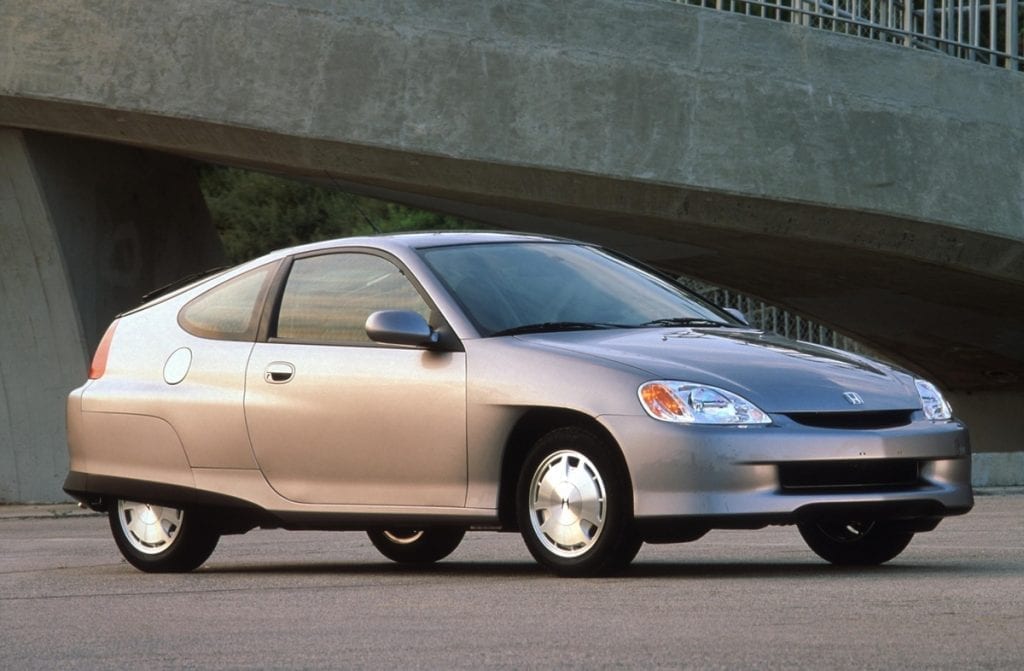
The Rise of the Hybrid
More than 5 million hybrids have been sold new in the U.S. since the first hybrid – Honda’s teardrop-shaped, two-seat Insight, went on sale near the end of 1999. There were 17 sales that year.
Toyota’s first Prius hybrid, a tiny econobox based on the subcompact Echo, was introduced two years earlier in Japan but didn’t hit the U.S. until a few months into 2000. Hybrid sales were a mere 9,350 units that year.

Honda struck back with the Civic Hybrid in 2003, and Ford introduced the first domestic model, the Escape Hybrid crossover, in 2005. By then, annual sales of the four gas-electric models had risen to 209,711.
Spurred by soaring gasoline prices, as well as improved technology and increasingly tough emissions regulations, automakers really started ratcheting up hybrid production as the first decade of the century closed.
By 2012, annual hybrid sales in the U.S. had swelled to more than 400,000. The year ended with more than two dozen hybrid models in the market.
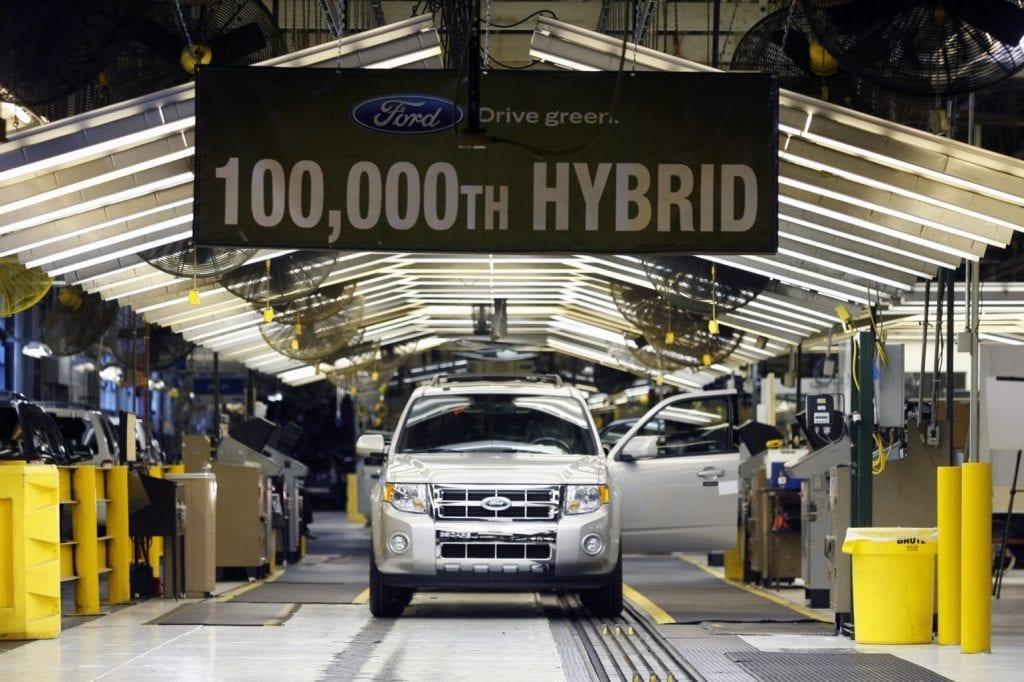
Things have trailed off since then, but the annual sales rate for hybrids remains in excess of 300,000, and there were almost four dozen hybrid models available at the end of 2018.
If you figure that the average new car in the U.S. hits the resale market when it is six years old, at least 2.7 million hybrids have entered the used market.
That’s a drop in the bucket compared to the 15-million to 17-million conventionally powered used vehicles sold every year, but it still represents a good selection of mostly late-model, lower mileage, high-efficiency used cars and crossovers out there.
A Note About Hybrid Trucks
So far, hybrid systems and trucks haven’t worked well together, so outside of a handful of Chevrolet Silverado and GMC Sierra models for the 2009-2013 model years and the Silverado and Sierra eAssist models introduced in 2016, you’ll not find much in the way of used hybrid pickups.
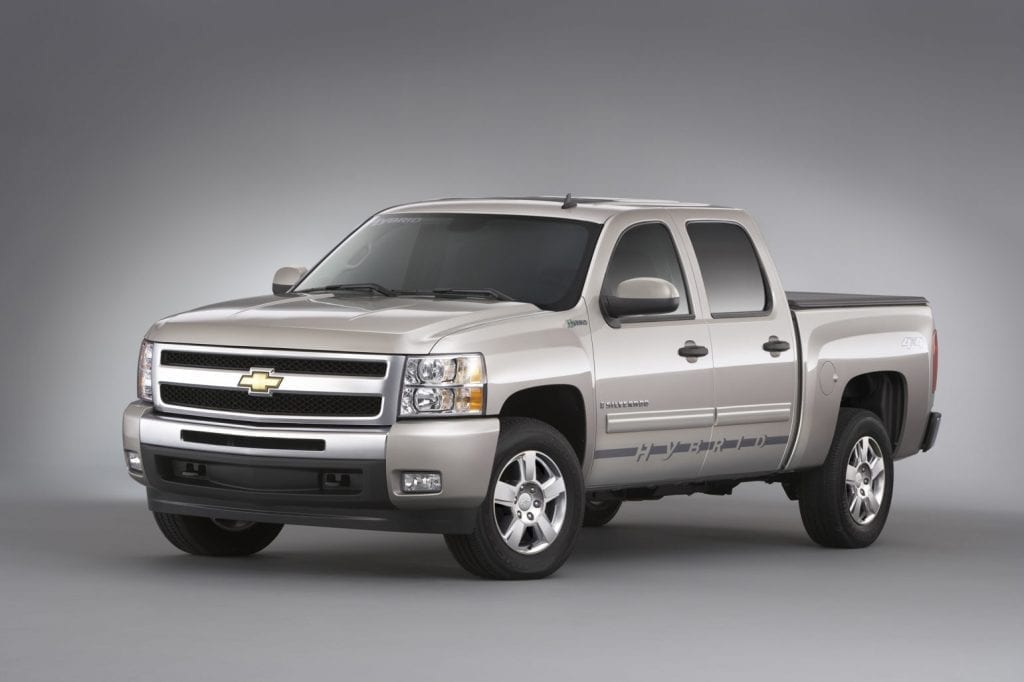
Image seems to be an issue. Many truck buyers just don’t see “hybrid pickup” as a hefty, work-capable beast, even though that’s not really the case.
Price has been the big stumbling block, though. GM’s hybrid pickups from the company’s 2009-2013 effort cost thousands more than their gas and diesel counterparts, but they didn’t offer sufficient fuel efficiency of equipment upgrades to justify the difference.
With its eAssist models, GM has since been using a less-expensive hybrid system, so the price premium is much lower. These trucks are much newer, though, so are less likely to be found in the used market.
Reasons To Buy a Used Hybrid
Fuel efficiency is usually the first thing that comes to mind when hybrids are mentioned. Indeed, it is why the technology was created. Emissions go down as fuel efficiency goes up.
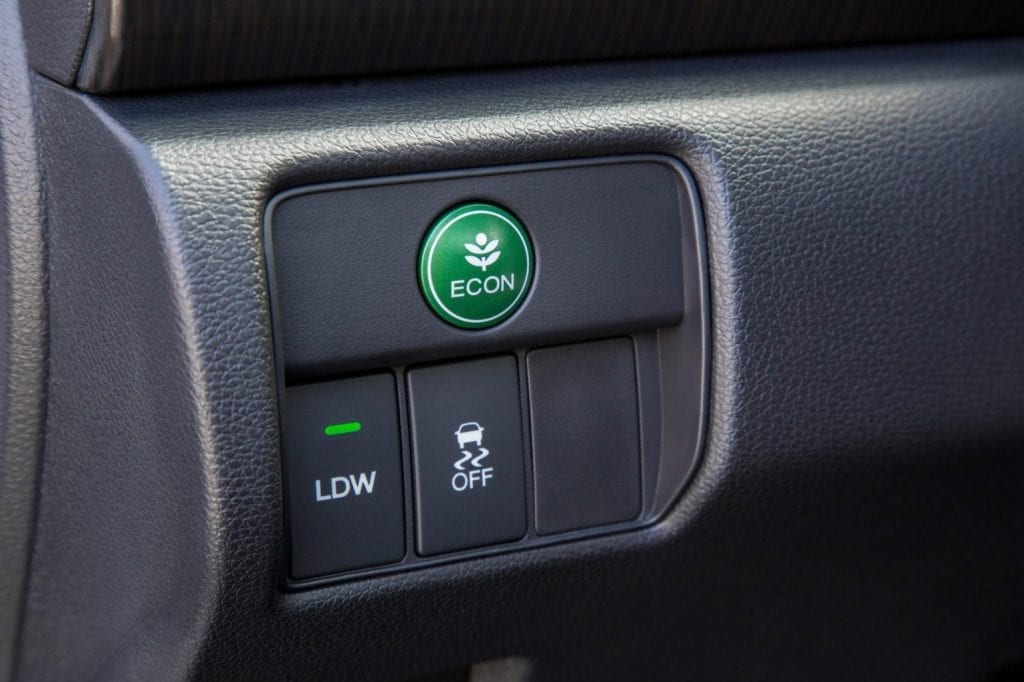
But superior efficiency isn’t the only reason to buy a used hybrid. There is at least one other compelling reason: Hybrids often offer higher trim and equipment levels than standard models in the same price range.
That’s because hybrids carry some pretty expensive hardware that gas-only vehicles don’t have. Those electric motors, battery packs, and electronic control systems typically make hybrids more expensive than gas or diesel models when new. The difference is called the technology premium.
The very earliest hybrids tended to be fairly basic models, on the theory that not spending money to outfit them well would help keep the cost down and make them more palatable.
But in the past decade or so, the trend among automakers has been deck their hybrids out in trim, infotainment, and, most recently, driver assistance features that are pricy options in non-hybrid models. That has made them even pricier as new models — with the extra goodies helping buyers to swallow additional technology cost.
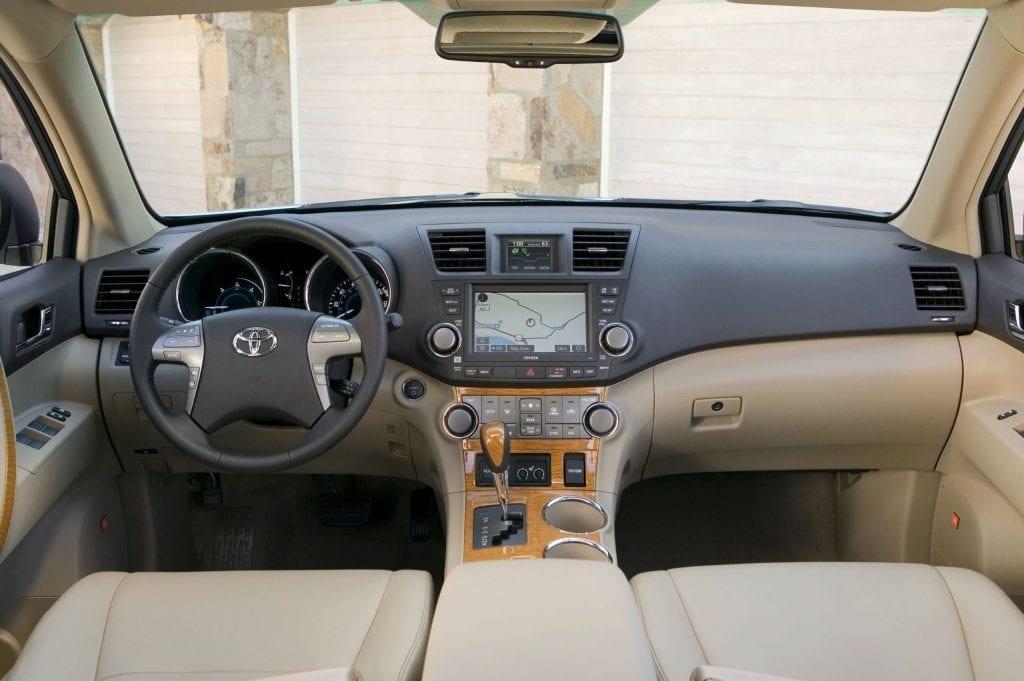
In the used market, however, depreciation has diminished this premium. While late-model hybrids still typically sell for more than conventional models, they are now far more competitive with their less-efficient — and often less fully-featured counterparts — than they were when new.
In a nationwide check of half a dozen popular used hybrid car and truck models using Edmunds.com’s used-car finder tool, we found that models with about 50,000 miles typically ran $1,000 to $2,000 more than non-hybrid versions. Fuel savings could erase that for many buyers in just a few years.
A hybrid can also save you a bit on insurance. Some companies – including Travelers, Allstate, GEICO and Farmers — offer hybrid discounts on the theory that hybrid owners tend to drive fewer miles and be less prone to speed in their quest for the best fuel efficiency possible.
Of course, collision repairs for hybrids can be more expensive than for conventional cars if any of the electric drive systems components are damaged. That means the base rate for insuring a hybrid (before any discounts are applied) can be greater than for a similarly-equipped conventional model.
How Hybrids Work
Due to their technological and mechanical complexity, hybrids take used car shopping to a new level, so let’s take a moment to explain the fundamentals of hybrid powertrains and what makes them different.
Basically, hybrids pair an electric drive system and sophisticated computerized electronic controls to an otherwise primarily gasoline-powered drivetrain. They also have battery packs that store energy for the electric motor as well as regenerative braking to charge the batteries using energy captured during coasting and braking.

Depending on their design, hybrids also can have quite different mechanical systems from regular vehicles. The transmission in the Toyota Prius, for instance, is part of its electric motor.
Full Hybrids
There are several types of hybrid systems, but the so-called full or strong hybrid is most prevalent. That’s a system in which the electric powertrain is strong enough to power the car all by itself for a limited amount of time, although usually only at lower speeds.
In a full hybrid, the electric system handles much of the demand in stop and go driving, while the gas engine kicks in only as much as is needed to help accelerate and keep the battery charged.
The demand for power at highway speeds, though, would quickly exhaust a hybrid’s battery pack — they are usually only a kilowatt-hour or two, versus the 30- to 100-kilowatt-hour packs in fully electric vehicles — so for highway driving, a hybrid uses the gas engine primarily and calls on the electric system for assistance only when strong bursts of power are needed.

That’s why most hybrids have better fuel efficiency numbers for city driving than for highway cruising.
There are several types of full hybrid systems, but the most prevalent is the series-parallel system, which allows the car to operate in an endless variety of gas-electric blends — from full gas to full electric — with the power control computer determining how best to blend the power sources to achieve the efficiency or acceleration being demanded by the diver (via the pressure applied to the accelerator pedal).
Toyota uses a full hybrid system, as do Ford, Hyundai, Kia, Nissan, most European carmakers, and GM hybrid models such as the 2008-2013 Chevy Tahoe, GMC Yukon and 2009-2013 Cadillac Escalade hybrid SUVs.
Mild Hybrids
A mild hybrid is one that uses its gas engine all the time, with the electric system providing a boost when needed. They cannot operate in full electric mode.
Honda’s IMA, or Integrated Motor Assist, hybrids, starting with that 1999 Insight and including Civic Hybrids as well as the 2005-2007 Accord Hybrid, are the primary examples. General Motors’ eAssist system is also considered a mild hybrid.

Micro Hybrids
Micro hybrids are those that use a small electric motor to provide auto stop-start function, shutting down the engine when the vehicle otherwise would be idling. Their value is in reducing engine emissions, which are worse at idle than at speed.
Examples of earlier micro hybrids, which started showing up in 2008 BMW models, include Chevrolet Malibu and Ford Fusion sedans equipped with auto stop-start, and Mazda models with the company’s i-eLoop system. By 2018, auto stop-start had become ubiquitous throughout the industry.
In general, automakers don’t use the hybrid designation for vehicles with micro-hybrid systems, and neither will we.
Plug-in Hybrids (PHEVs)
A caveat: this article deals only with conventional hybrids – gas-electric vehicles without plugs. But there is another type of hybrid, the plug-in hybrid or PHEV.

PHEVs have larger, rechargeable batteries and appreciably more all-electric range. However, they haven’t been on the market nearly as long as conventional hybrids and are not nearly as plentiful. They also have a slightly different set of shopping rules, so check out our article Buying a Used Electric Car? Here’s Everything You Need to Know for those details.
Shopping for a Used Hybrid
As you should before beginning any used car hunt, check out Klipnik’s tips for used car shoppers.
Like conventional cars, you can buy a used hybrid at car dealerships or from private parties, and if you go the dealership route can often find them in a certified pre-owned (CPO) warranty program if you are willing to pay the extra cost.
It’s wise to check the Internet for reports of hybrids with common issues. A simple search for the year, make, and model, along with the word “problems,” can help identify models or years to shy away from.
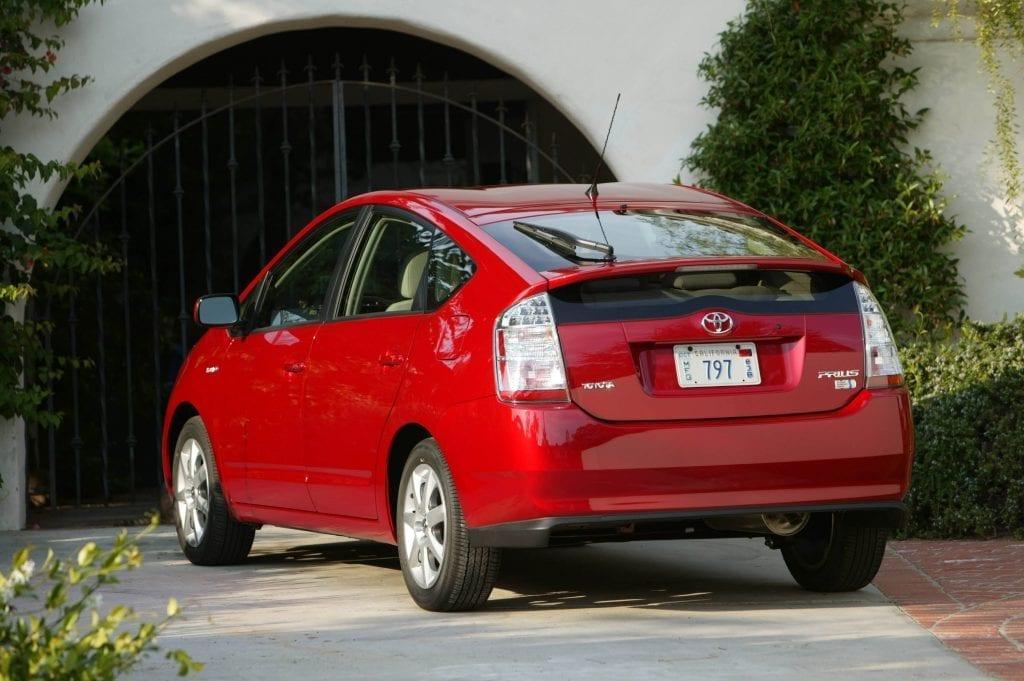
Hybrids with systemic troubles include 2004-2009 Priuses, which can become oil burners if previous owners weren’t good about getting regular oil and filter changes at factory-recommended intervals.
Honda also had troubles with battery reliability in 2006-2008 Civic Hybrids.
We also recommend avoiding so-called “orphans,” which are models that were only offered for a year or two and then canceled because of problems or because their prices, designs, and/or fuel efficiency just didn’t set consumers’ hearts afire. No matter the reason, so few were made that it might be difficult today to find parts and service for them.
Examples of orphans include the 2014 Nissan Pathfinder Hybrid and the 2010-2012 Lexus HS 250h.

If you’ve got a particular model or two in mind, peruse their model-specific owner chat sites. You can learn a lot about the plusses and minuses of a car from the people who drive it every day. There’s hardly a vehicle out there that doesn’t have an online owner group — such as PriusChat for Prius owners or OptimaForums for owners of the Kia Optima Hybrid.
When you’ve identified a hybrid that interests you, check its history for accidents and other damage using the vehicle identification number (VIN) and a vehicle history report from a company such as AutoCheck or Carfax.
In addition to their electric drive components, hybrids have most of the same mechanical parts and issues that traditional cars and trucks have, so you’ll still need to check on the usual things such as oil, brake, or transmission fluid leaks, tire and brake wear, and the condition of paint, bodywork, and the interior.
It’s also great to get the vehicle’s full service history, if possible, to ensure that it has been properly cared for. If not available directly from the seller, it can often be pulled from dealership records, if you know where the car was originally purchased and serviced. In some cases, the vehicle history report will show all or part of a car’s maintenance records.
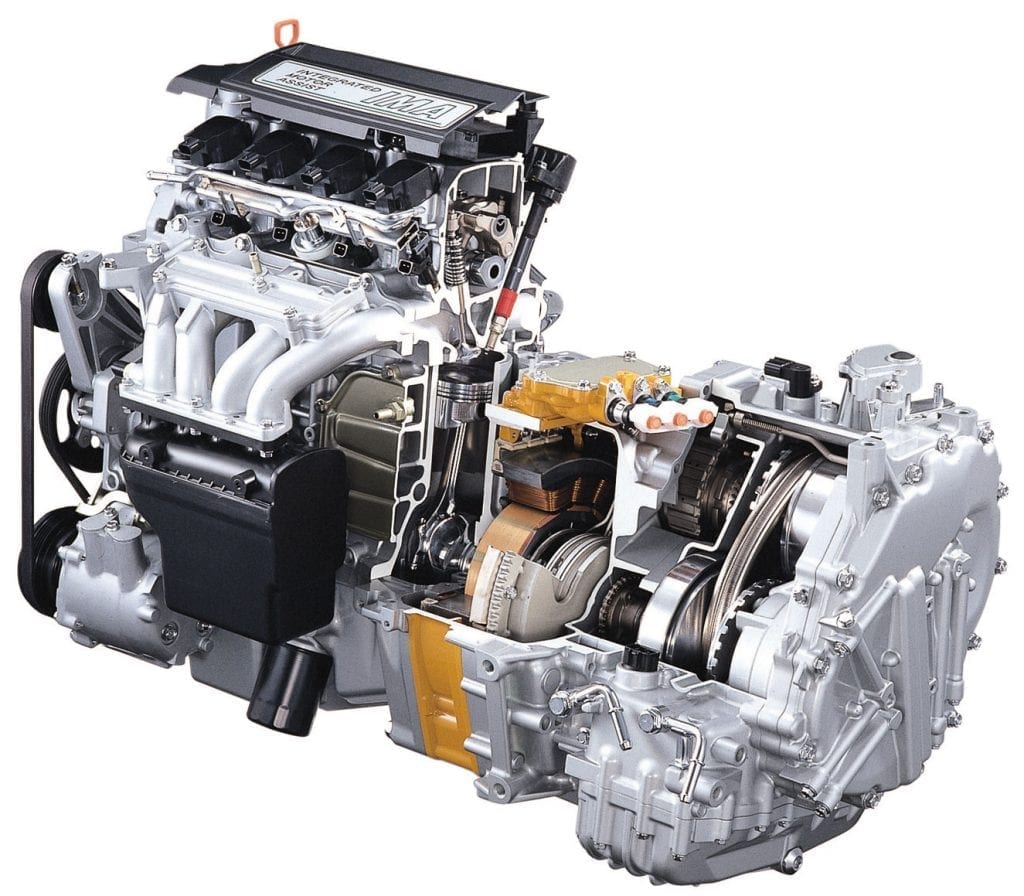
Regenerative braking systems use the electric motor to slow the car, which increases the life of most hybrids’ mechanical brakes because they aren’t used as much. If maintenance records show the car has had a lot of brake work, that could be a sign that it has been used hard by a previous owner, so you might want to turn your attention elsewhere.
Of critical importance in these days of multi-million-car recalls for faulty airbags and other issues: Check to see if the vehicle is subject to any open recalls, which are service recalls that haven’t yet been performed.
If the seller doesn’t have that information – or you want to double check for yourself – call the vehicle manufacturer’s customer service line and ask for the status of the car (using its VIN). A vehicle history report from Carfax or one of its competitors should also reveal any open recalls for a particular car.
Taking a Test Drive
Once you identify a promising example, take the car for a test drive for as much time and over as varied a set of conditions as you possibly can. Try to recreate what you would typically experience in your daily life on the road, whether that’s commuting in heavy traffic, traversing steep hills, or cruising peacefully along a local scenic drive.
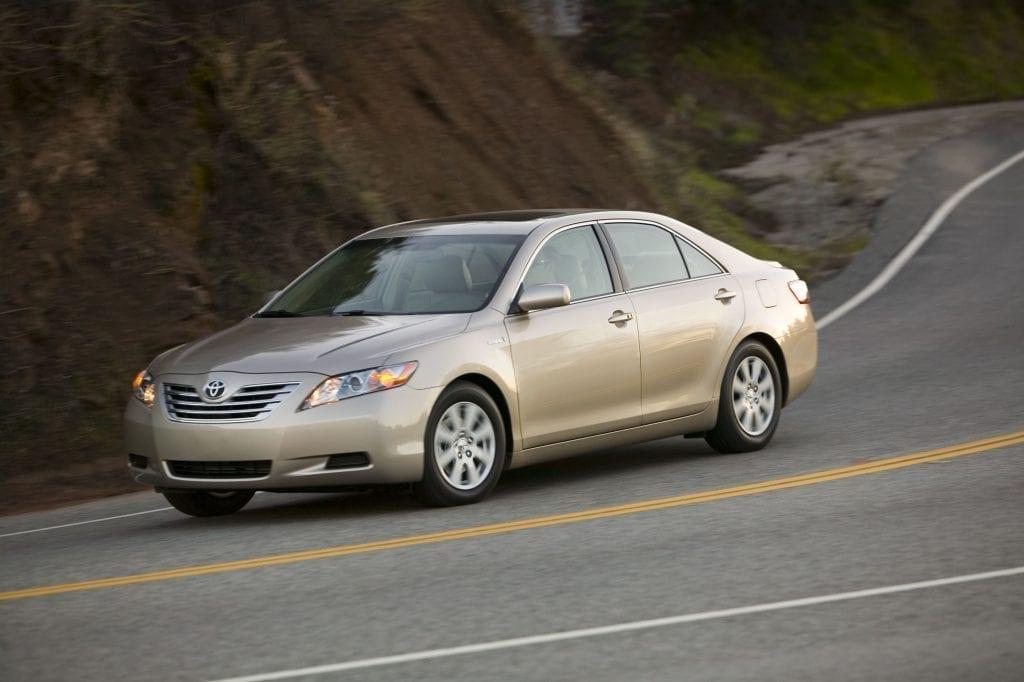
Hybrids don’t always sound, or drive, like other cars, so you want to experience as many scenarios as you can to ensure you’ll be able to live with the differences if you purchase the car.
For instance, there are some driving characteristics specific to hybrid vehicles that drivers who are new to hybrids could potentially find unsettling or difficult to get used to.
Hybrids usually use electric power-assist steering, which is not usually as responsive as hydraulically-assisted steering. As a result, the steering may lack “feel,” leaving the driver with a sense of being somewhat disconnected from what’s happening on the road.
Regenerative braking, especially in older models, can have what seems to be a dead or “mushy” spot in the transition from motor breaking to mechanical braking. Pedal effort can also feel a bit out of synch with the amount of slowing that’s actually happening.
Finally, some hybrids can be dead silent for the first few miles of driving because they are operating on electric motor power only. Without the drone of a gas engine to mask things, the noise from tires, wind whooshing over the side mirrors, even other traffic on the road, can seem pretty intense if the manufacturer didn’t do a great job of sound deadening.
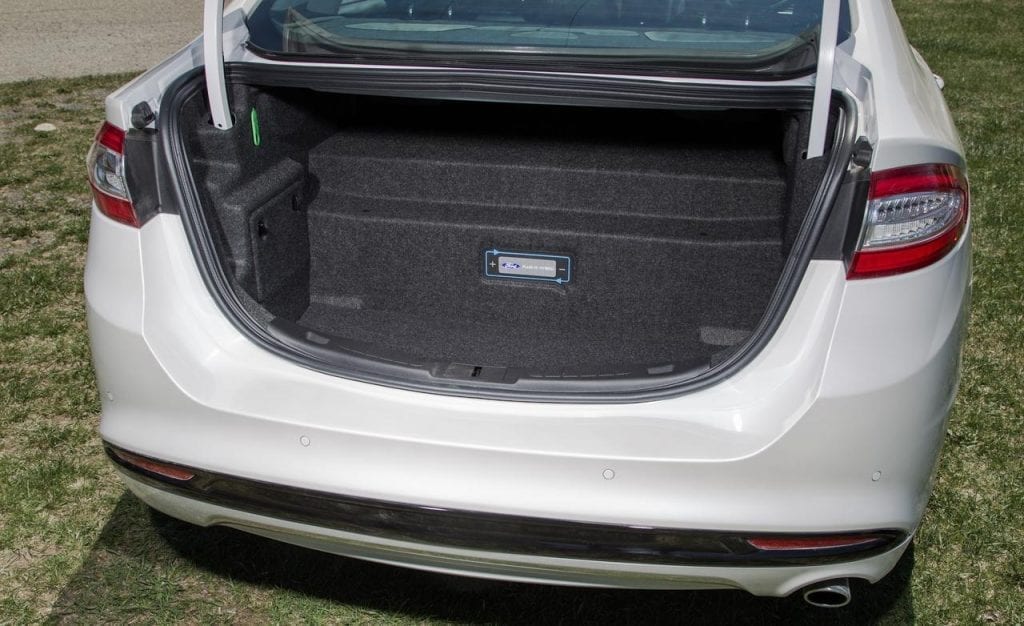
One item not related directly to the driving experience but still important to check is cargo space. Although a conventional hybrid’s batteries are much smaller than the packs used in electric cars and plug-in hybrids, they still have to be fitted into the car somewhere.
In hybrids that are adaptations of conventional models rather than hybrid-specific designs like the Toyota Prius, that sometimes means the battery is stowed under the rear seat or in the trunk. This can eat up valuable room, cutting into cargo space or head- and leg-room for backseat passengers. The test drive is an ideal time to examine this firsthand, before the car winds up in your driveway.
Finding the Right Mechanic
It’s never a bad idea when buying a used car to find a good mechanic to do a pre-purchase inspection (PPI). With a hybrid, especially if you aren’t familiar with their unique characteristics, it’s a great idea.

Cars have become so complex that many shops these days specialize in just a few brands or maybe even just one. They cannot afford the training, equipment and personnel required to be able to do everything for every model. That’s especially true of hybrids, which are even more complex than conventional cars and trucks.
Considering that a hybrid mechanic is probing the innards of a vehicle with sufficient juice to electrocute an elephant and which has electric motors, sophisticated software, and many other parts not found on conventional vehicles, it’s critical to find someone who is properly trained.
The service departments at dealerships for brands with hybrids in their new-car lineups should also be able to inspect or service the brands’ older hybrid models.
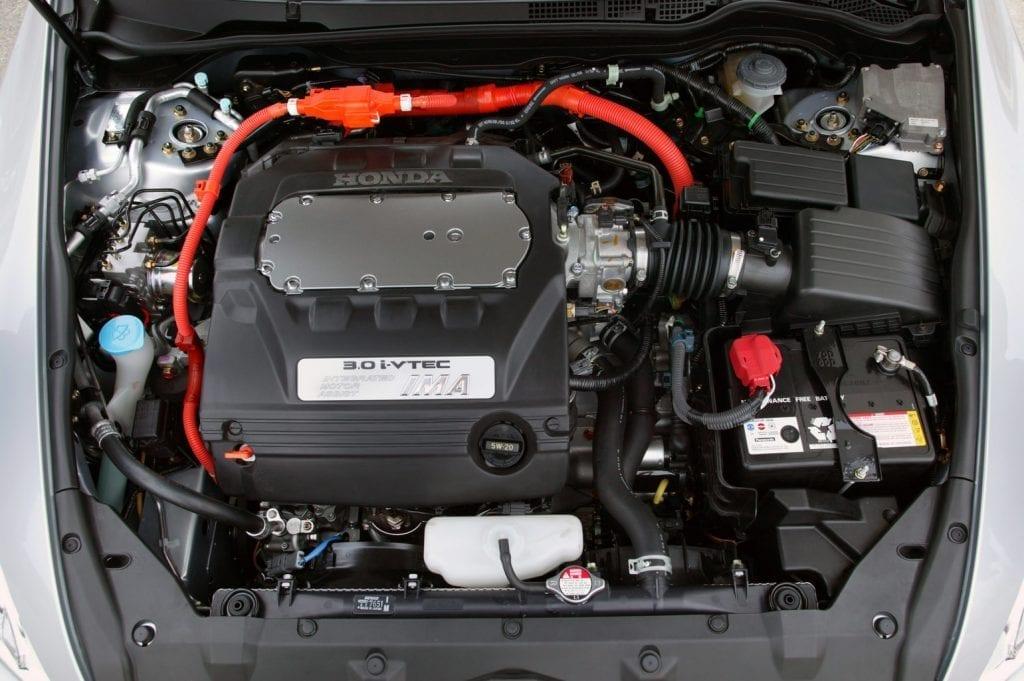
As for independent shops, while there weren’t many a few years ago, nowadays a quick Internet search should turn up several highly-rated hybrid repair specialists in almost any town or city.
Another way to identify a competent hybrid specialist is to look for a mechanic who is certified by the Auto Career Development Center’s hybrid program and has a “Qualified Hybrid Service Center” sign on display, or one who is affiliated with The Hybrid Shop, a California-based operation working to establish a chain of repair and battery replacement centers nationwide.
A good PPI from a specialist should include an appraisal of the car’s hybrid components, but we should note that some mechanics say it is difficult to produce an accurate appraisal of a hybrid battery’s potential lifespan.
Hybrid Battery Basics
Hybrids use standard 12-volt automotive batteries to power their onboard electronics, but they carry larger and more expensive battery packs to power their electric motors.
Nickel-metal hydride (NiMH) was the chemistry of choice for hybrids for many years, and Toyota is still a big fan.
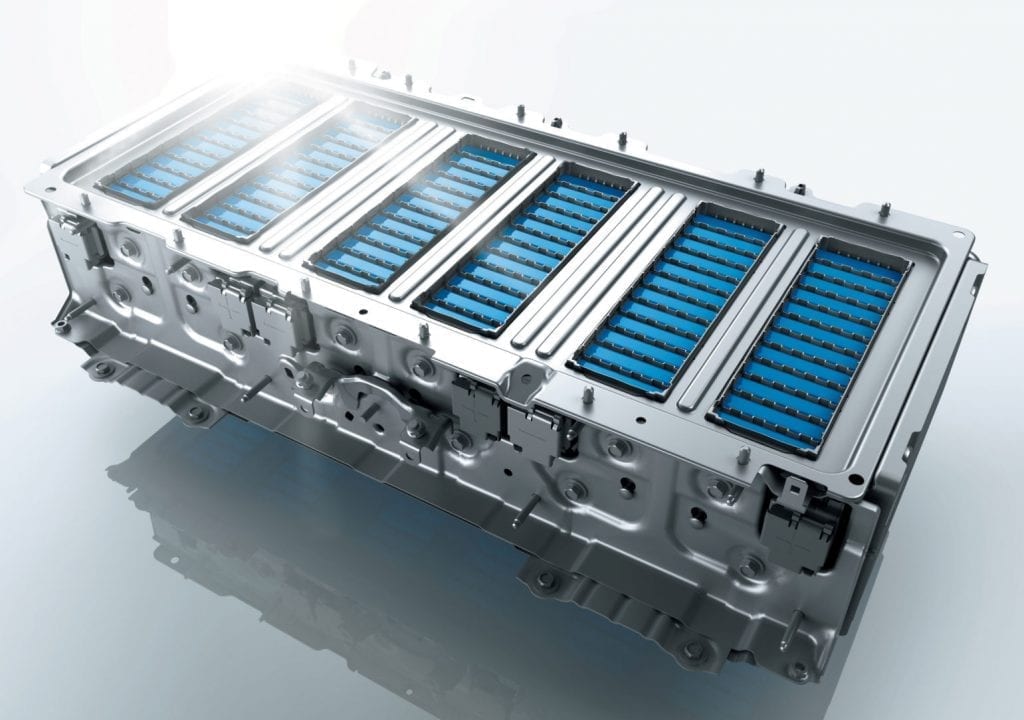
But most other carmakers have been switching to lighter and more energy dense lithium-ion batteries in recent years, so late-model used hybrids are more likely to use that chemistry, usually called Li-ion.
Battery Reliability
Whether they are NiMH or Li-ion, the batteries in a hybrid vehicle can degrade over time, which is a major source of confusion and worry for some used car shoppers.
But hybrid powertrains have proved themselves reliable over the long haul. While no one really knows just how long the batteries in any individual hybrid vehicle will last (there are too many variables), there are thousands of Toyota Prius and Ford Escape hybrids in service as taxis in New York and elsewhere with well over 200,000 miles on their original batteries.

Hybrid mechanics tell Klipnik that shoppers concerned about battery life should target hybrids with fewer than 100,000 miles on their odometers – unless the example under consideration has recently had a battery replacement or the prospect of the $2,000-$3,000 battery replacement cost has been factored into the purchase decision.
Used hybrids with less than 100,000 miles on the odometer shouldn’t give you much to worry about if the car is otherwise in good shape and has been well-maintained.
Finally, we would note that the lifespan of hybrid batteries can be shortened by constant use in extremely hot conditions, so that should be a consideration if you live in such a climate.
Battery Warranties
In California, which has a disproportionate share of the nation’s hybrids, emissions rules require carmakers to provide a 10-year or 150,000-mile warranty on hybrid batteries. That’s because the hybrid drivetrain is considered part of the emissions system.
California’s extended battery warranty rule has been adopted by Connecticut, Delaware, District of Columbia, Maine, Maryland, Massachusetts, New Jersey, New York, Oregon, Pennsylvania, Rhode Island, Vermont and Washington. Hybrid cars with powertrains tuned for those states get the same 150,000-mile battery warranty, which moves with the car from state to state.
Otherwise, all hybrids are sold new with at least an eight-year/100,000-mile battery warranty.

Battery Replacement
If a battery replacement does become necessary, the costs aren’t horrible. At the time of this article’s writing, Toyota was selling replacement batteries for its 2012-2015 Prius models for $2,750, including a $1,350 “core credit” for the car’s old battery, which is recycled.
An independent battery refurbisher, Green Bean Battery, was charging $1949. And there are other aftermarket companies, including Denver’s Mile Hybrid Automotive and Greentec Auto, which is headquartered in California with locations across the U.S., that also that sell hybrid replacement batteries for less than factory prices.
Whether ordering from the automaker or an independent, the final cost of a battery pack replacement will also include shipping and installation, which adds approximately $1,000 to the total.
That’s not exactly cheap, but it’s worth noting that the total is far less than the $10,000-$20,000 cost of replacing the battery pack in a pure electric car (EV) such as the Nissan Leaf or the Tesla Model S.
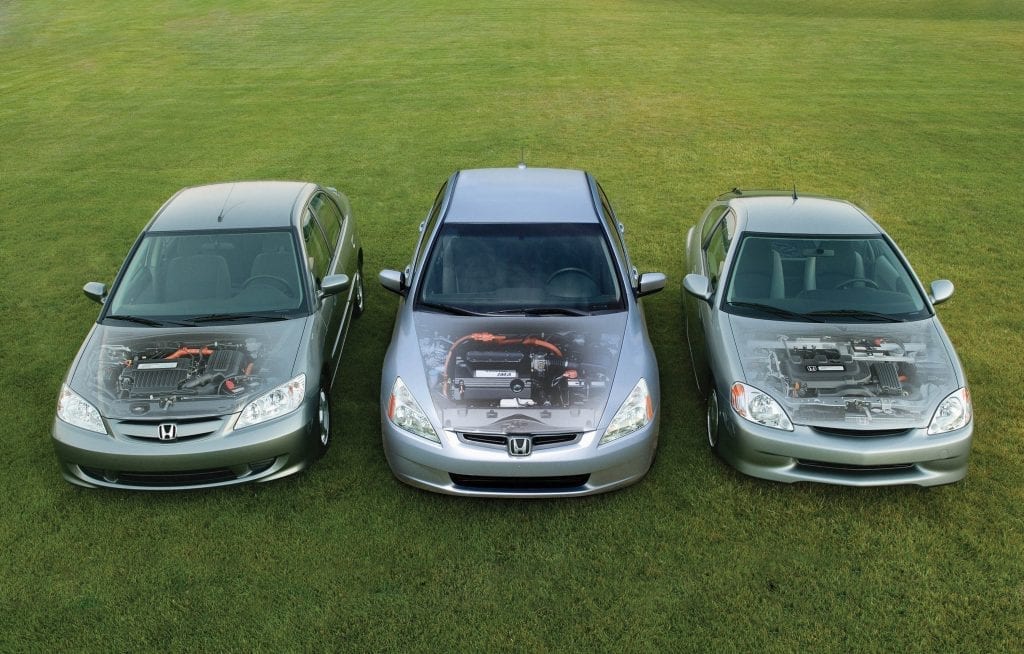
The Bottom Line
It’s pretty clear that hybrids are here to stay and that their numbers in the used car market will continue to swell. That means more choices for shoppers seeking fuel-efficient used vehicles.
Photos courtesy of Chevrolet, Ford, Honda, Hyundai, Nissan, and Toyota